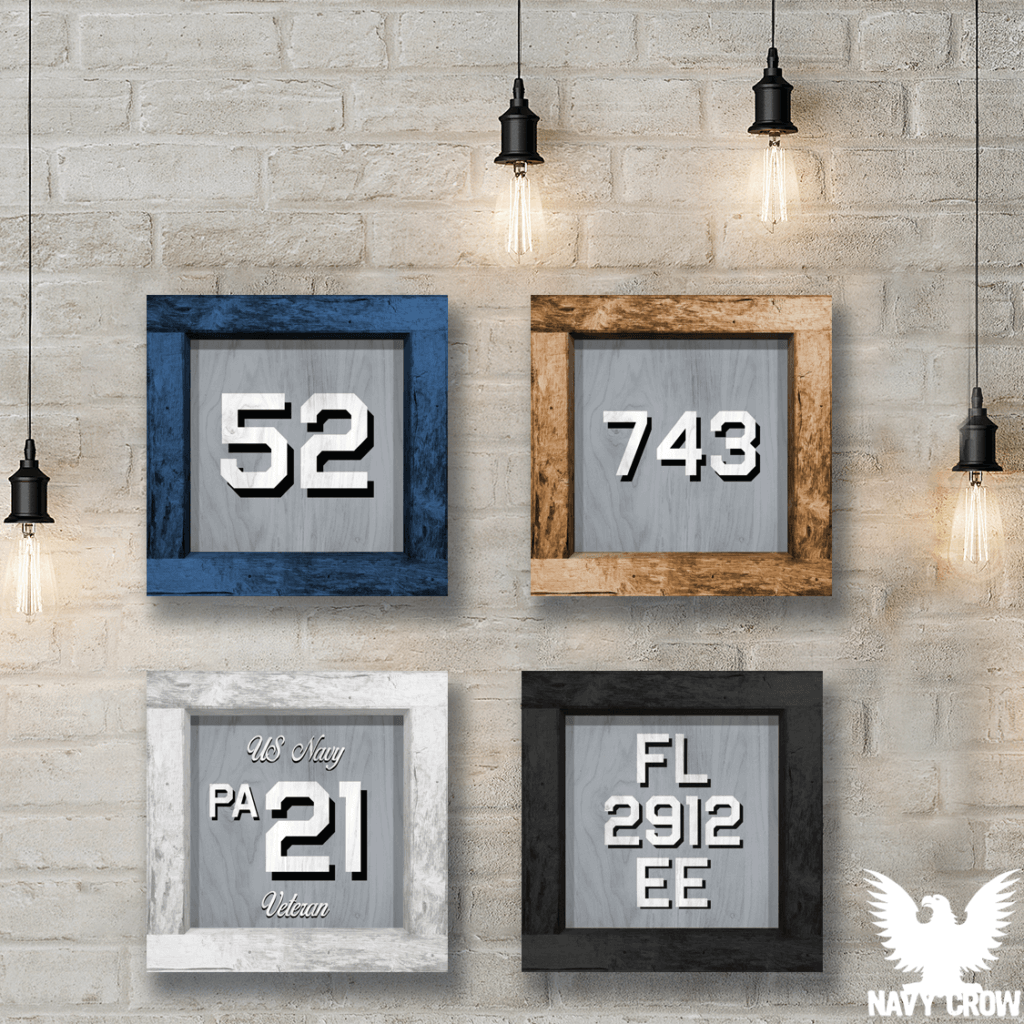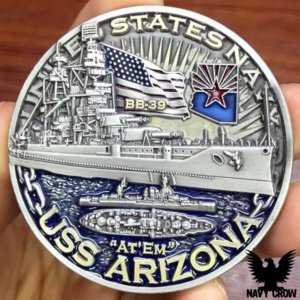The United States Navy is one of the largest and most powerful navies in the world. It is responsible for protecting the nation’s interests and projecting power across the globe. One of the key ways the Navy identifies its ships is through hull numbers. Navy Crow designed the US Navy Hull Number Warship Custom Wood Signs for our US Navy Sailors both past and present.
In this blog post, we’ll take a deep dive into the history and importance of US Navy hull numbers.

History of US Navy Hull Numbers
The use of hull numbers to identify ships in the US Navy dates back to World War I. Prior to this, ships were typically identified by name and sometimes by class. However, during the war, the Navy realized that it needed a more standardized system for identifying its growing fleet.
In 1917, the Navy adopted a system of alpha-numeric hull numbers. The first digit of the number indicated the type of ship (e.g. battleship, cruiser, destroyer, etc.), while the remaining digits identified the specific ship within that type. For example, the USS Arizona (BB-39) was a battleship, with the number 39 indicating that it was the 39th battleship commissioned by the Navy.

Over time, the Navy made several modifications to the hull number system. In the 1930s, it added a letter suffix to the hull number to indicate the ship’s status (e.g. “R” for “retired” or “C” for “canceled”). In the 1940s, it added a two-letter prefix to indicate the ship’s type (e.g. “CV” for “aircraft carrier” or “DD” for “destroyer”).
Today, the Navy’s hull number system is a combination of letters and numbers that identifies the ship’s type, its class within that type, and its unique number within that class.
Importance of US Navy Hull Numbers
Hull numbers are important for a number of reasons. First and foremost, they provide a standardized way of identifying Navy ships. This is important for logistical and administrative purposes, as well as for communicating with other military organizations and foreign governments.
Hull numbers also serve as a way of honoring the service and sacrifices of the men and women who served aboard a particular ship. For example, the USS Arizona (BB-39) is perhaps best known for its tragic sinking at Pearl Harbor, which claimed the lives of over 1,000 sailors and Marines. The ship’s hull number serves as a reminder of the bravery and sacrifice of those who served aboard her.
In addition, hull numbers are a key part of the Navy’s traditions and heritage. Each ship’s hull number is unique and has a history and legacy that is passed down from one crew to the next. Sailors take great pride in their ship’s hull number and the legacy that it represents.
Conclusion
US Navy hull numbers have a long and rich history, dating back to World War I. They serve as a standardized way of identifying Navy ships and honoring the service and sacrifices of the men and women who served aboard them. Hull numbers are an important part of the Navy’s traditions and heritage, and they continue to play a vital role in the Navy’s operations today.





